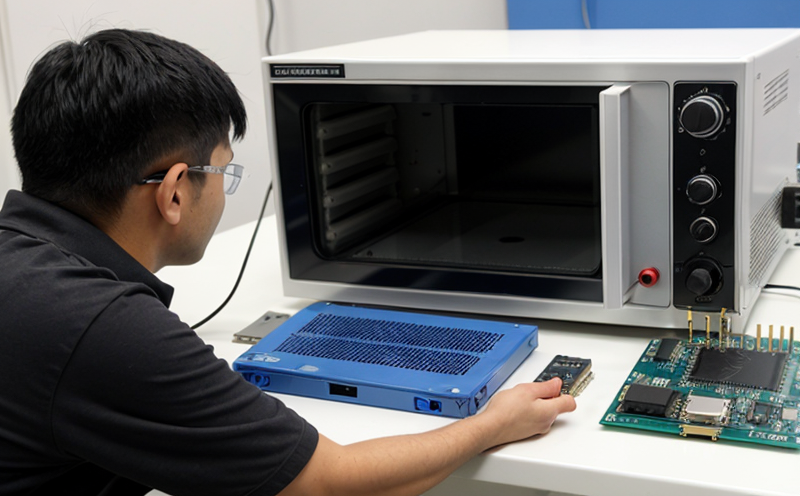EN 62368 Safety Testing for Electronic Components
The European standard EN 62368-1:2014 is designed to ensure the safety of electronic products, particularly those used in consumer applications. This standard aims to replace a variety of older standards such as IEC 60950 and IEC 60065, providing a unified approach for assessing hazards associated with electrical and electronic products.
EN 62368-1:2014 covers the safety requirements and tests related to electrical insulation, thermal protection, mechanical integrity, and other hazards that could arise from the use of these components. The standard is applicable to a wide range of electronic equipment, including household appliances, power supplies, and IT products.
One of the primary goals of this standard is to simplify compliance for manufacturers by consolidating various safety requirements into one document. This consolidation ensures that the same set of tests can be applied across different types of consumer electronics, reducing the complexity of ensuring product safety.
The standard defines a hazard zone around electrical products and establishes test parameters such as voltage limits, power dissipation, and cooling methods to prevent overheating. Compliance with these regulations is crucial for manufacturers aiming to meet regulatory requirements in the European market and beyond.
Manufacturers must ensure that their products undergo appropriate testing to verify compliance with EN 62368-1:2014. This involves careful selection of test methods, specimen preparation, and use of specific equipment tailored to the standard's requirements. Proper documentation of the tests is also essential for regulatory bodies.
The testing process typically includes several key steps:
- Identification of hazards using a risk assessment approach.
- Determination of the appropriate test parameters based on the identified risks.
- Conduction of tests to ensure compliance with EN 62368-1:2014.
- Analysis and interpretation of test results.
Benefits
- Maintains consistent safety standards across different types of consumer electronics.
- Reduces the complexity for manufacturers in ensuring product compliance with multiple regulations.
- Provides a clear framework for identifying and mitigating potential hazards.
- Promotes international harmonization, making it easier to export products globally.
Applied Standards
The standard EN 62368-1:2014 is closely aligned with other international standards such as IEC 62368 and UL 62368. These standards are designed to ensure that electronic products do not pose a risk of electric shock, fire, thermal injury, mechanical damage, or chemical burns when used in accordance with the instructions for use.
Compliance with EN 62368-1:2014 is mandatory for manufacturers selling their products within the European Economic Area (EEA). This standard also encourages compliance internationally due to its comprehensive and user-friendly approach. The harmonization of these standards helps streamline regulatory processes across different regions, reducing administrative burdens on both manufacturers and regulatory bodies.
For detailed information about the specific requirements and test procedures, manufacturers are encouraged to refer directly to EN 62368-1:2014 or consult with a qualified laboratory that specializes in electronic product testing.
Benefits
- Maintains consistent safety standards across different types of consumer electronics.
- Reduces the complexity for manufacturers in ensuring product compliance with multiple regulations.
- Provides a clear framework for identifying and mitigating potential hazards.
- Promotes international harmonization, making it easier to export products globally.
Use Cases and Application Examples
The application of EN 62368-1:2014 is particularly relevant for manufacturers producing a wide range of electronic devices, including:
- Household appliances like microwaves, washing machines, and refrigerators.
- IT products such as computers, servers, and networking equipment.
- Consumer electronics like televisions, speakers, and cameras.
In each of these areas, the standard ensures that products meet stringent safety requirements. For instance, in household appliances, compliance with EN 62368-1:2014 helps prevent electrical burns from faulty wiring or overheating components. In IT products, it safeguards against fire hazards due to improper power management.
The standard also addresses the mechanical integrity of devices, ensuring they can withstand typical wear and tear without compromising safety. This is particularly important for consumer electronics that are often subjected to rough handling by users.





